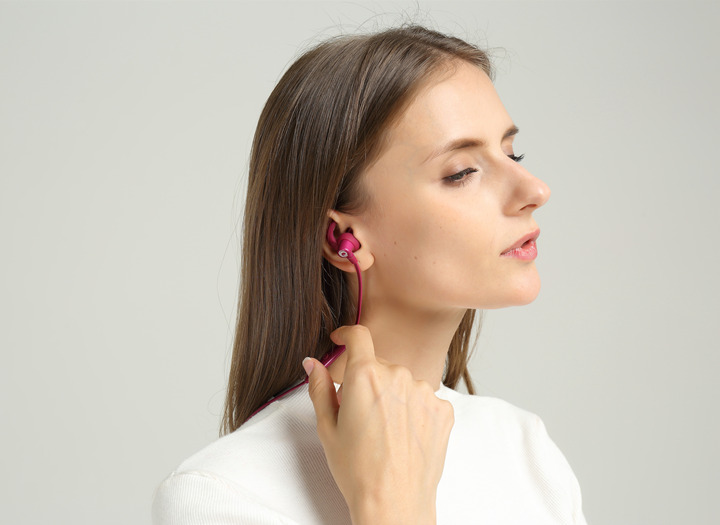
Auditioning headphones or speakers is a time honored tradition found not only among audiophiles. Auditioning is used instead or in addition to looking at the specs of the headphones for many reasons – the specs might be inaccurate or insufficient in explaining the quality of sound, the headphones might have a sound signature that can be determined only by listening, and there’s also the fact that the same headphone can sound differently to different people. Auditioning headphones is an activity that requires some research and planning from the person auditioning the headphones, and depending on the same person, it might also require superhuman patience from people who work in stores. It is also an activity that should be performed even when purchasing high quality headphones like Rillpac’s.
From the shared experience of audiophiles, it looks like there are two general approaches to auditioning headphones. What is common to both approaches is that they need very little in terms of gear to be supplied by the consumer, in fact, the consumer only needs the sense of hearing and to bring some music to the audition. Depending on the store, the music can be in CD format, lossless audio files, or even records. And this is where the different approaches start to be apparent.
There is one school of thought that says the music used for auditioning needs to be the same music the consumer would listen through the headphones that are chosen after the auditioning process. The reasoning behind this is fairly obvious – if the headphones are bought to listen a certain kind of music, they should be tested by listening that kind of music with them. From that, the consumer would get a sense of how well their favorite songs sound through the headphones, and they can make a decision based on how much they like what they hear.
The other school of thought is that a very special set of songs should be brought to the audition in order to test how well the headphones perform in specific segments. So, one song would be used to test the bass and the middle tones for example, another to test the high tones, yet another to test the dynamic range of the headphones, another to test clarity and definition or balance, and so on. This is also a reasonable stance to take on auditioning headphones, because it allows those people who are proficient in critical listening to do it, and form their choice based on the performance of the headphones in these segments.
A common advice given to headphone auditioning consumers is to always have a second pair to compare with. It can be a pair of old headphones that are being replaced, or if there’s a choice between two new models, they should be tested against each other. A common mistake is to switch quickly between the two headphones in order to quickly see the difference, but that doesn’t really work – it’s a much better idea to first listen to a song on one pair, and then on the other.